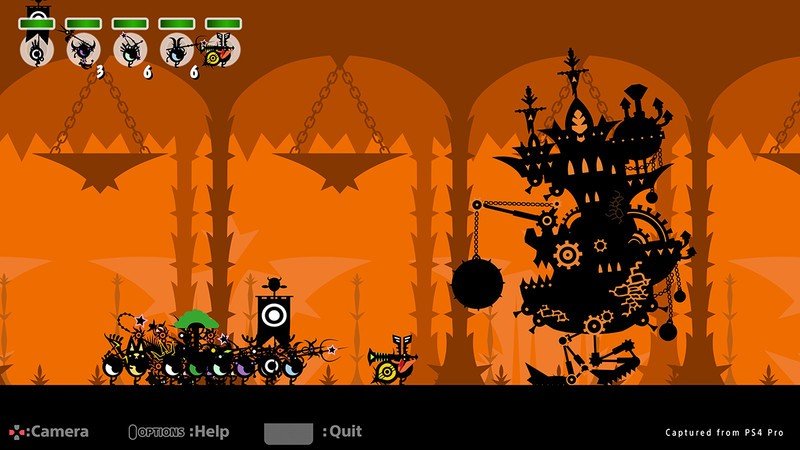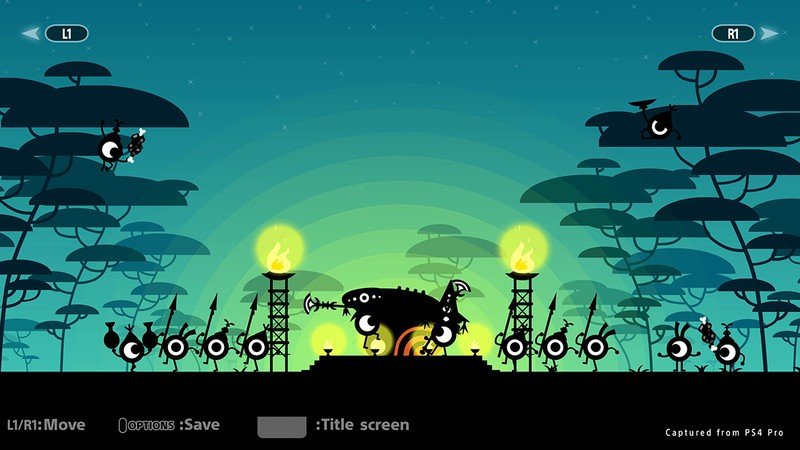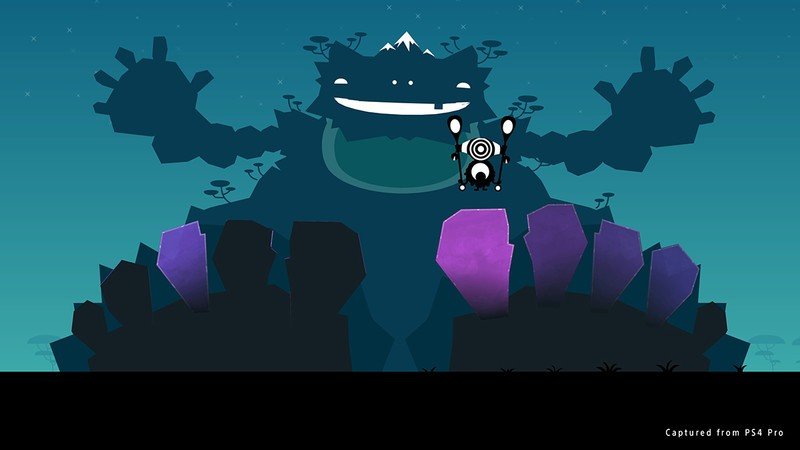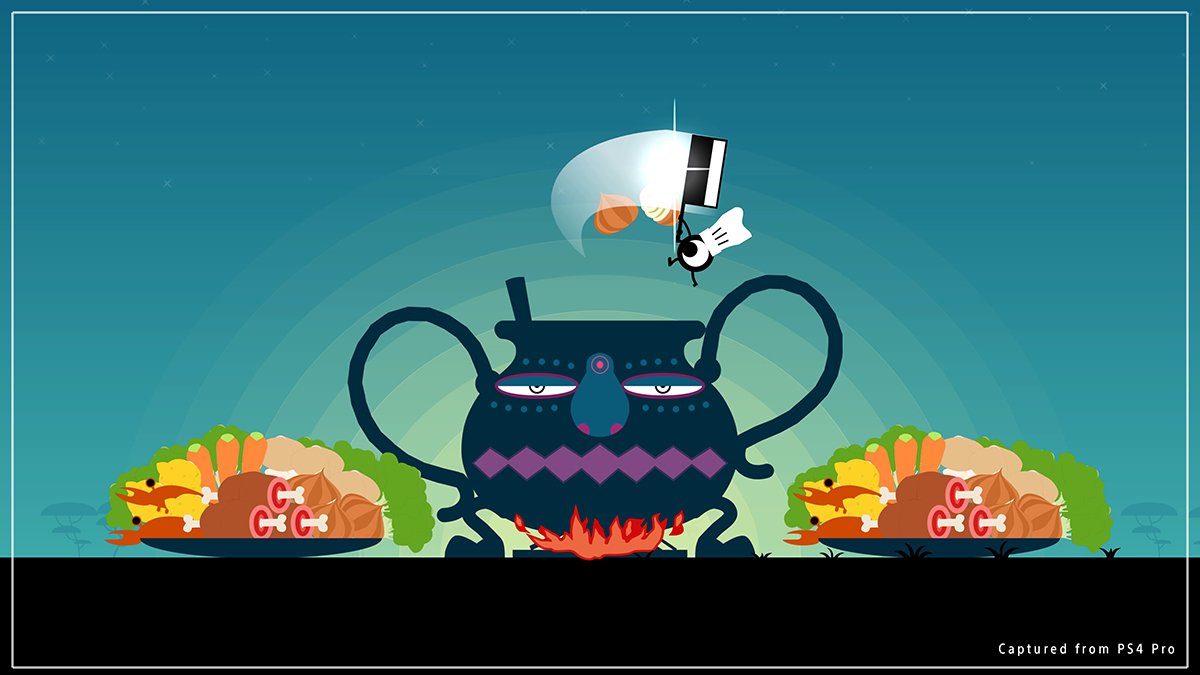Android Central Verdict
Bottom line: Patapon 2 Remastered is a flawed port of an iconic classic. It's got all the trappings of greatness but falls short because of some basic technical issues. This could all be fixed in a future patch but, for now, it remains difficult to recommend unless you have a specific A/V setup in your living room or are willing to play the entirety of this 25+ hour game with headphones.
Pros
- +
Sharp visuals in up to 4K resolution (PS4 Pro)
- +
Hours and hours of content
- +
Streamlined upgrades and equipment compared to the first game
Cons
- -
No built-in adjustments for audio lag on modern A/V systems
- -
Music is catchy but repetitive
- -
Keeping the rhythm seems overly hard, even for a rhythm game
- -
Lack of visual queues and explanation of basic systems mean a steep learning curve
Why you can trust Android Central
It's been nearly three years since the first Patapon Remastered was released on the PS4, and now the sequel has received the same treatment. In the second of three rhythm adventure titles, the Patapons have landed in a new country after being shipwrecked during their journey to Earthend. Familiar mechanics and music meet up with a host of new features, a longer story, and beautifully remastered 4K visuals.
But this remaster of Patapon 2 ignores some technical hurdles that modern games have to deal with. Despite the advantages that modern TVs and sound systems provide on the quality side of the spectrum, they introduce rhythm-killing lag to the experience. Unfortunately, Patapon 2 Remastered's developers seem to have forgotten this inconvenient fact. Regardless of the quality of the rest of the remaster, this one fact will completely kill the very core gameplay mechanics on many people's living room setups.
Thankfully, there's an easy fix. Using headphones renders this lag null and void and makes the experience one that's as unforgettable as the original PSP release was well over a decade ago. If you were a proud PSP owner at the time and loved the title, there's little to change your mind here.
If you're a new player to the series, Patapon 2 presents an extremely difficult, long story that'll constantly reward you while testing your patience and stamina. The goal is to keep the rhythm as long as possible, and it's in that constant vigilance that you'll find the meat of the difficulty.
Disclaimer: This review was made possible by a review code provided by Sony US. The company did not see the contents of the review before publishing.
Patapon 2 Remastered What I love

Patapon 2 feels better as a console game than a portable one, which is surprising.
Let's harken back to a time of old, where Patapon 2 ran at an amazingly low 480 x 272 resolution. That original PSP release has been stunningly recreated in an almost perfect 4K resolution on the PS4 Pro, and a solid 1080p on the standard PS4. Patapon's art style translates perfectly to these higher resolutions, as the crisp edges and vibrant colors of the original pop in ways they simply couldn't before.
Those visual improvements help breathe new life into a classic that might otherwise be lost to the annals of history. This is also the first time Patapon 2 has been made available on any console, as it was a PSP-exclusive up until now. Surprisingly, Patapon 2's gameplay lends itself better to the console experience than a portable one, as the gameplay requires a significant amount of concentration, which isn't always easy to achieve when on-the-go.
Get the latest news from Android Central, your trusted companion in the world of Android
Folks that love Patapon's gameplay will find an incredible wealth of content in Patapon 2, which takes all the best parts of the original title and enhances them in important ways. Inventory management takes a lot less work this time around, as you can simply press the "optimize" button in your army buildout screen to give every unit the best available weapons and armor.
Before each level begins, you'll be able to customize your army in every respect, from equipment to line position. Players who enjoy stats and customization will find themselves rewarded, as each level presents challenges that require careful planning and execution. Patapon 2 can get pretty deep, and while the surface mechanics are dead simple, the strategy required to win battles is far from rudimentary button-mashing.

New additions over the first Patapon game include hero units, which will lead the way into battle and will perform special attacks when rhythm combos are achieved. Your army's performance is directly tied to your ability to keep the rhythm and plan battles strategically. You can also evolve your army over time, including dozens of different unit types that all have their own special qualities. In all, the game will last you at least 20 hours with the main story, several additional hours between all the mini-games available, and maybe a few more through the multiplayer mode.
There's a lot of game in this game, and if you can hold on to the end you'll be rewarded.
The new hero units are paramount to success in the multiplayer mode, which sees players guarding a special egg against boss fights throughout special levels. Players who work together and get to the end will find rewards in the form of rare items. What's nice is that computer-controlled units will take over where humans aren't available (as was the case during our review period), so you won't have to worry about a thriving online community existing if you desire to play the game again years down the road.
Patapon 2 Remastered Show-stopping technical issues

While the visual improvements of increased resolution are a fantastic gift, Patapon 2 Remastered runs in a similar "faux-K" that Spiderman on the PS4 Pro does. That means you'll be seeing a pretty significant black border all around the screen, which is best hidden by using the zoom feature on your TV. It's not a deal-breaker by any means, but it's darn annoying. Some of the pre-rendered videos are also in their original resolution, which looks a bit silly next to 4K content but, again, isn't a huge deal at all.
This game looks incredible in its remastered 4K glory.
The actual deal-breaker, and what ended up ruining the game for me, was the audio lag between the time it takes to hear the sound of your drums after pressing the buttons on the controller. When I say there's a delay, I don't mean some silly little technical thing that only a geek like myself would notice. I mean a nearly half-second delay between pressing the button and hearing the sound.
That's a rhythm-killing experience that's simply too big a deal in a game that's as unforgiving as Patapon 2. As a result, I found it extremely difficult, if not nigh impossible, to play Patapon 2 Remastered using the audio from the soundbar attached to my living room TV.
Before you ask, yes, I tried all the usual things like enabling gaming mode on the TV (which I always have enabled, anyway). The real problem is that the core of Patapon was built on a system (the PSP) that has no discernable input/output lag between its components. Modern A/V systems introduce a slight time delay into the equation because they utilize several processing tricks to achieve higher visual and audio fidelity, and any rhythm game has to account for this.
This isn't something specific to my TV, as all modern TVs and surround sound systems introduce a bit of delay, either input, audio, or both. Your particular system might have less audio delay than mine, but OLED TVs like mine typically have the lowest amount of delay on the market. Likewise, an HDMI-ARC output for audio typically can be adjusted from either the TV or the sound system itself. Ironically, the first Patapon Remastered also had this delay issue and it hasn't been fixed despite Patapon 2 Remastered launching nearly three years later.
You'll need to play with headphones to eliminate the sound lag that's introduced between controller and TV.
When playing games like Crypt of the Necrodancer or Cadence of Hyrule on the Switch, you can adjust the timing of music through the menu to help offset this lag built into modern A/V systems. Unfortunately, Patapon 2 Remastered includes no such function, and Sony's official solution to this problem is apparently a directive to plug a pair of headphones into the DualShock 4 controller. While that's fine for a portable game, I don't play games on my TV just to use headphones, making this an unacceptable solution in my book.
On the bright side, using headphones means that the rest of your household won't be driven crazy by the repetitive "pata pata pata pon" chanting that you'll hear 600 thousand times while playing the game. What starts as a cute rhythm mechanic ends up getting lodged into your brain, and you'll find yourself dreaming in "patapons", humming it to yourself as you climb the stairs at work after your lunch break. While some folks may find this chanting charming, I personally found it annoying, and I imagine plenty of parents will be driven mad by the sound.
Patapon 2 Remastered A long, difficult game

While I'd never actually deduct points in a review for a game that's overly long, I feel like there's actually too much content here given the simple play mechanics. I could be alone in this thinking, but the mechanics tied with the repetitive audio has kept me from wanting to pour untold hours into the game. I play lots and lots of rhythm games and don't frequently have this complaint with them.
But before you even get into the long game, you've got to get past the tutorial. Patapon 2's tutorial is a little too vague for my liking and, not having played a Patapon game since the PSP days, I had forgotten the mechanics enough to make this feel like a new game all over again.
Unfortunately, the issue with the audio delay coupled with the fairly vague explanations presented in the tutorial frustrated me to no end, and it took far too long to get past the tutorial stages for my liking. Truth be told, if I wasn't reviewing the game, I probably wouldn't have even bothered progressing any further. That's how irritated I was with the whole process. My wife, who has been a dancer for more than half of her life, also had an extremely difficult time with the game, and rhythm is "her thing".
Many of the nuanced mechanics of the game, like what different melodies and button combinations do during battle, had a steeper learning curve than I expected. While time solved those riddles for me, I didn't expect to misunderstand the mechanics for as long as I did, and a clearer tutorial section probably would have helped.
Patapon 2 Remastered Should you buy it?

The Patapon series is an incredibly unique rhythm game that, even in the 12 years since release, hasn't been emulated by any other game series. The second entry is one of those oddities that's actually better than the first in every way, but the opportunity to play such a classic title is marred by technical issues that stem from the way modern technology works.
3 out of 5
While other rhythm games work to mitigate these innate issues, Patapon 2 Remastered hopes that you'll either have the ideal setup for its unique blend of rhythm action or just stick a pair of headphones on. If this doesn't sound like something you want to deal with, it's certainly understandable, as I won't play this way either.
But if you're willing to put up with these problems and work around them, and if you enjoy particularly difficult, long games, Patapon 2 offers plenty of content to keep players coming back for the duration of its lengthy campaign. At $15, you'll rarely find this good of a value.



